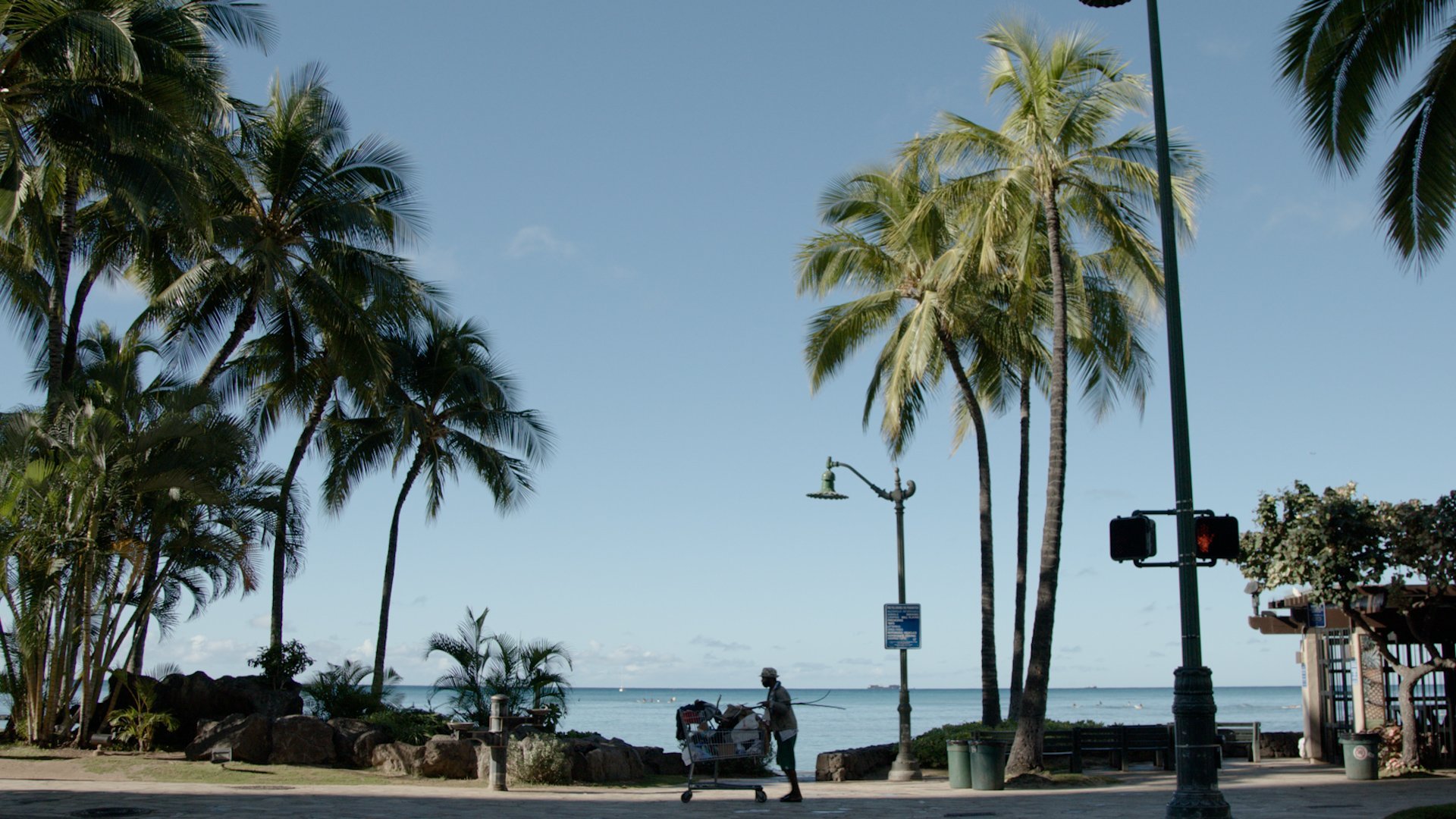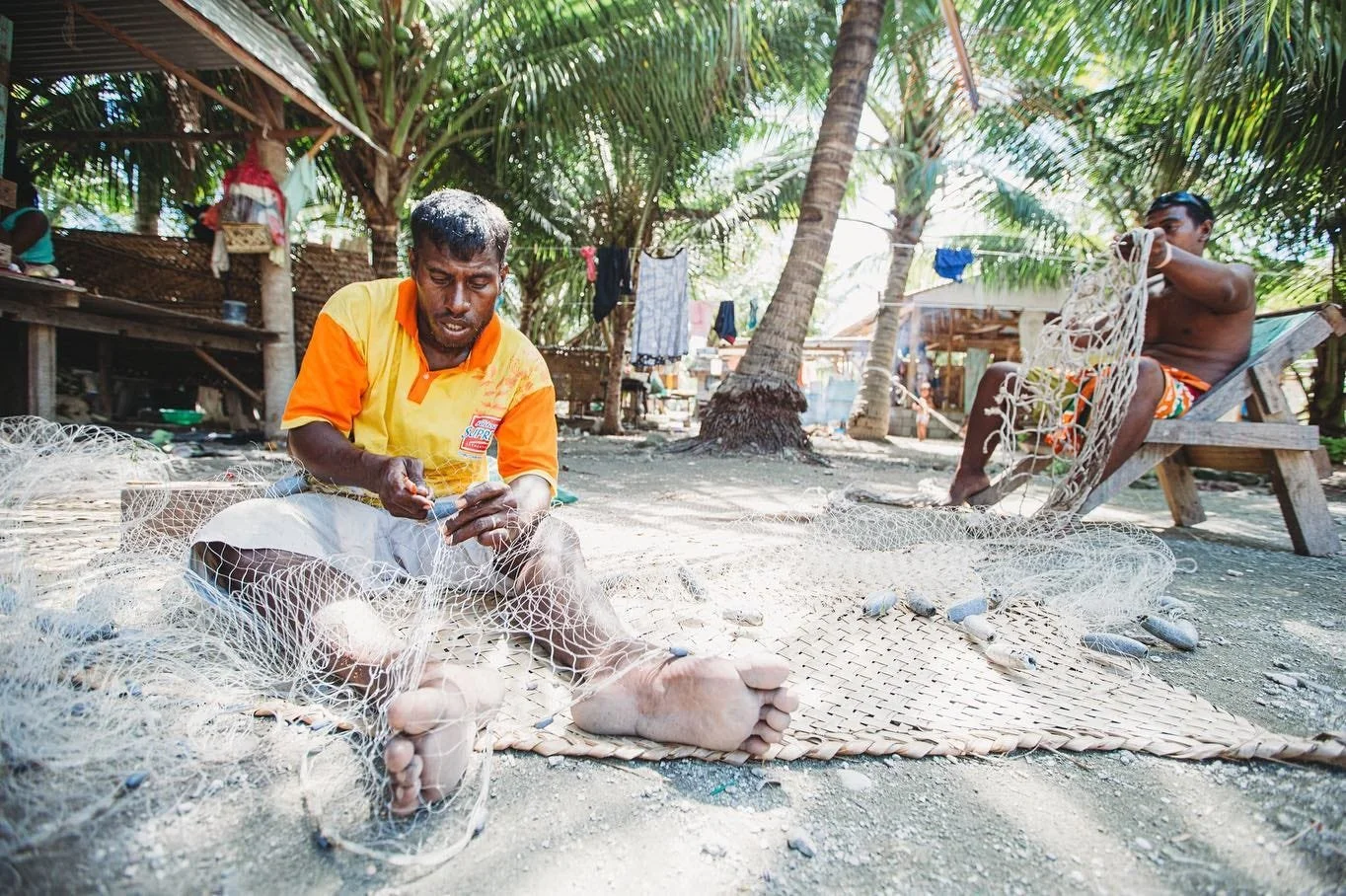Frankly my dear, I can’t give a damn.
If you’re feeling overwhelmed by the news and social media lately, this post is for you. I’m right there with you—afraid to look, but also afraid not to.
No matter where people stand, it seems the emotions are the same.
Fear. Anger. Helplessness. And then, silence.
The last part is what scares me most – when people throw up their hands and retreat into their shells. One of the reasons I’m starting this Substack is because I think now, more than ever, we need to hear other people’s stories.
In my work as a teacher, journalist, photographer, filmmaker, entrepreneur, and community builder, I’ve seen time and time again how stories and experiences can help us understand each other better, connect, and create change.
But lately, it feels like stories are being used as weapons of division instead of tools of connection. And while many people seem burned out and distrustful of traditional media, I’ve seen how powerful personal, solution-oriented storytelling can inspire hope and invite curiosity.
I have never met a person whose story didn’t deepen my understanding of the world. If you’re reading this, I think you’re full of stories that the world needs to hear. This blog is my attempt to share stories from my life and experiences in storytelling, with the hope of helping others feel safe to also share their experiences.
First off, if you feel like shutting down, you’re not alone. This exhaustion is our body's natural response when bombarded with stressful situations, especially when you feel there’s nothing you can do to change things.
I will never forget this one day, sitting with a family I had been spending time with in an encampment while reporting on homelessness for The Guardian. At 10am, their neighbor returned to camp carrying a quart of Neapolitan ice cream and offered it to the mother and her 6-year-old son, who scarfed it down. A few minutes later, the boy moaned “mommy, my tummy hurts,” and then went to lie down on a blanket on the dirt floor of his tent, surrounded by feces of the three dogs he shared his bed with. I had not eaten ice cream for breakfast, but suddenly I also felt sick to my stomach. An incredible sense of heaviness settled into my chest.
At the end of my visit, I asked his mom what his favorite food was. On the next visit, I brought him a bag of chicken nuggets, but those visceral physical feelings stuck with me.
As I continued reporting, I started to feel numb. My system desensitized itself to the pain of what I was witnessing just to keep functioning. Later, I would learn this is a real condition called empathy fatigue.
I also felt a sense of learned helplessness. I started to wonder if I was really making a difference with my stories, or simply preying on individuals in a vulnerable situation like a voyeuristic vulture?
Sure, I could bring one child chicken nuggets. But I couldn’t feed every child in that camp. And if I was feeling this numb and helpless from being exposed to this trauma, were my readers also feeling the same and tuning out?
I stopped feeling, not because I didn’t care, but because my body simply couldn’t.
In my first profession as a special education teacher, I learned a concept from behavior modification theory called "replacement behaviors." The idea is to focus less on the behavior you don’t want, and more on what you want to see instead. One professor advised highlighting ten positive behaviors for every one incorrect behavior.
For my autistic student, the cue was “hold a fidget in your lap during circle time,” rather than “stop flapping your hands.” Instead of scolding the student who wasn’t cleaning up for circle time, I started by praising the ones who were. Often, by the time I’d finished calling out five other students’ positive behavior, the rapscallion had already self-corrected, jealous of the attention the other students were receiving while his behaviors were ignored.
Years later, I found myself returning to this experience when I was feeling burned out. I wondered if I could apply those same principles to storytelling by focusing more on solutions than problems.
I scrapped the angle I’d been working on with the family, and pitched my editor a story about a self-governed community of unhoused people.
I had seen people fall through the cracks of Hawaii’s Housing First model left and right. People recovering from 15 years on the streets fighting mental illness and substance abuse were assigned random apartments in buildings full of families living normal lives. They didn’t fit in, but fraternizing with their old friends still on the streets could mean losing their housing. I often wondered if certain failures I watched were due to the isolating nature of a well-intentioned implementation.
In this encampment, however, the leader Twinkle Borge had divided the camp’s 250 residents into ten sections, each managed by a captain. Under this organization, people found structure and support from others who were also working to get on their feet. Sure, it wasn’t perfect, but it filled gaps where the current system had failed.
I wasn’t just interested in solutions that had demonstrated success, I was interested in people who were trying anything outside the box. I interviewed Josh Green about an unusual idea to use Medicaid funds to pay for housing. The story raised a lot of eyebrows, but it also got a lot of people talking as well.
I was asked to speak on NPR and discuss both of these stories separately. Both times, I noticed engaged the public was with these stories, as they called in with reactions, but also hopeful ideas of their own. If not that, then what else?
Years later, I watched both of these visionaries' ideas merge in a way as Josh Green became Governor of Hawaii and implemented a village model for the state’s new housing initiatives.
I found hope in shifting more of my focus towards people working on solutions. While these stories still acknowledged problems, I spent more time looking at what was working, rather than what wasn’t. I saw how solution-oriented storytelling could help build momentum and spark conversations from people who had previously tuned out from exhaustion.
Shortly after reporting those two stories, I documented the impacts of climate change in Kiribati, an island country that is rapidly disappearing into the sea. Rising ocean levels have flooded homes, salinating freshwater wells, and rendered much of the land useless for growing. With few economic opportunities and no reliable way to grow food, many families spend their days fishing just to survive. I found people were reluctant to take time to interview with me.
“When the first journalist came, we were excited,” my guide explained. People from the village most impacted took time off from their long days gathering food to show them around, excited they would finally get some help: money to build sea walls, or resources for food and clean water. The images of their village went viral. More journalists came, but no help.
Eventually, the elder of that area decided to implement a fee. If people were going to disrupt their daily struggle for survival to be filmed, the crew must buy rice for the village.
My producer advised that paying for a story would violate journalistic ethics. I understood the concept, but standing there, I also understood the villagers’ perspective. So I came up with a workaround: I’d interview people who were willing to speak with me, no strings attached. But afterward, I’d surprise them with a bag of rice as a thank-you gift—not as payment, but as a gesture of respect for their time (I recently saw these traditional ideas around not paying for somebody’s time challenged in the film The Subject, a must-watch for anyone interested in documentary storytelling).
As I started tuning in to the solutions they wanted to talk about, I also scrapped my question sheet and started asking “What is the story *you* feel needs to be told?” People started opening up in a new way, excited to suggest achievable solutions.
One woman invited me to film a workshop where she was teaching advocacy around human rights and climate refugee status—something that still doesn’t formally exist. Immediately I said yes. Storytelling might not stop rising sea levels anytime soon, but a climate refugee status was a tangible solution that could improve these people’s chances of survival. I realized that it was important to share the impacts of climate change, but it was also important to listen to the solutions they wanted to talk about.
In 2020, the UN ruled that people fleeing climate change cannot be sent home, inspired by the case of a resident from Kiribati who advocated for protection for his people. While it’s not the same as an official refugee status, it’s a step in the right direction towards providing tangible help for these people who literally have nowhere else to go.
As I found myself gravitating more towards solution-oriented storytelling, I leaned into more non-profit work.
I worked on a campaign called We Are 100, highlighting individuals helping Hawaii move toward 100% clean energy. It was cool to see large innovative projects, but I was looking for everyday people taking small, meaningful steps. Like a woman building an outdoor solar shower for her family of 18 with the help of a nonprofit. Or a teenage girl who turned her social media feed into a playful, relatable stream of sustainability tips and memes for her friends. I wanted to tell stories that were accessible, not aspirational.
These experiences have stuck with me as I tell stories in my everyday life, even if it’s just a post on social media or a casual conversation.
What if we spent 20% of the time talking about the problem and 80% talking about people trying solutions?
Yes, a lot of bad things are happening. But I’m worried the ratio of negative to positive stories we are ingesting is not working.
We need something different.
We’re exhausted.
I want to know what my friends are trying, what’s working, and what’s not. We need to hear the hopes and dreams of our friends and neighbors, and we need to share our own. And maybe if we can start to use stories to inspire and collaborate, we can use our stories to create cohesive solutions together.
If you’ve made it this far, I’m glad you’re here. I’d love to hear your thoughts in the comments.



